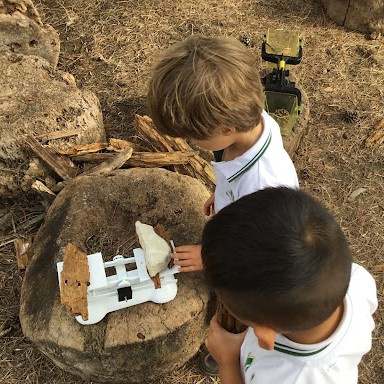Maths in everyday life
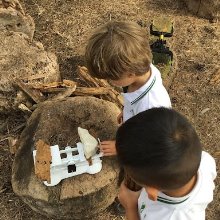
At St Julian’s, we aim to support children to make sense of the mathematics they encounter by trying to establish real-world connections; this is achieved by allowing and encouraging students to identify maths in the world around them. One of the best ways to support your child with maths at home is to focus on maths talk, which is beneficial as it will help your child consolidate what they have learnt through adult interactions or their own explorations.
Maths talk can be incorporated in the home, outdoors, and many other aspects of the children’s day-to-day lives. The heart of maths talk - specifically number talk - is to encourage children to use language to make sense of the abstract nature of mathematics.
Here are some ideas for how to incorporate number talk into your household:
Nursery and Reception:
Follow your child's lead with their play and interactions with the world around them. Try to use the natural objects and household items they already interact with as much as possible, such as: shells, trees, sticks, stones, cushions and food. Help children count small groups of objects and identify similar groups, encouraging touch of each object as they count where possible.
Observe the change of quantities over time: what is different? Were there more or less apples in the fruit bowl yesterday? Notice if they can quantify the change and the skills they use to do it. Additionally, refer to ‘the most’, ‘the least’, ‘more than’, ‘less than’, ‘the same’. Can they combine groups and count?
Year 1 and 2 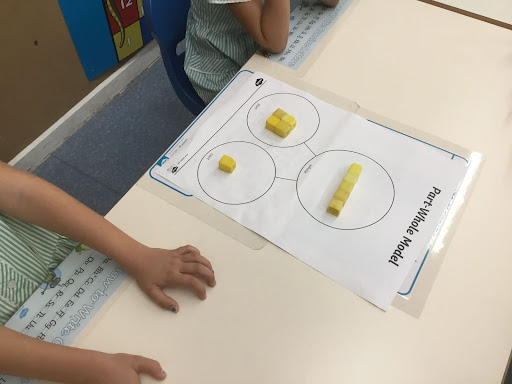
Observe your child’s skills and build number talk routines regularly with familiar objects. Can they split an amount of shells or stones in two different ways? Is the total the same? Look for objects around you that are naturally split, for example: ‘I can see five silver cars on this side of the road, how many are travelling in the opposite direction?’; ‘I’ll count out the spoons for lunch. Can you count out the forks? Can you double that number?’
Car number plates are a great source of 2-digit numbers in Portugal, with endless possibilities for number talking routines. Make a daily game of finding the highest/ lowest, even/odd number. In Year 2, you can ask your child to verbalise how they might add them together.
Count the stairs in 1s, 2s, 3s or 5s - which numbers should we say aloud and which should be kept in our minds?
Year 3 and 4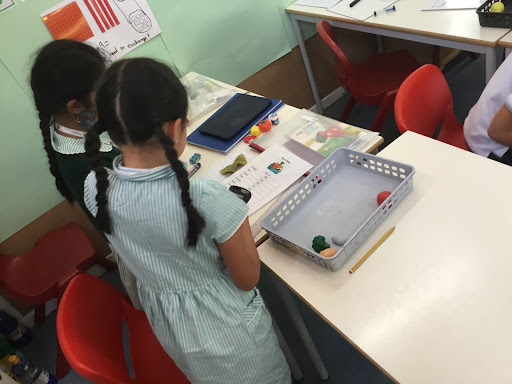
By this stage in their development, children should begin to recognise the frequency of maths in the world around them. Discuss with your child the patterns they may encounter in their day to day life and what sense they can make of these.
Use language such as: what do you notice has stayed the same? And what do you see is different? To get children to try and recognise the mathematical rules that govern these patterns.
Always make a point of exploring words in your conversation that relate to mathematics, such as: remaining, left, combine and collect; these are words commonly used in conversation, but be explicit about how they relate to mathematics. Asking how much time is remaining in the television programme is referring to subtraction.
Year 5 and 6
As Year 5 and 6 children become more independent, they will begin to apply their mathematical skills without even being consciously aware of them. Look for opportunities to use these skills with your child. If you are cooking together for a large group, speak about the maths involved, such as: scaling a recipe up or down for a certain number of guests.
Maths is an incredibly abstract concept for many to follow, and by giving a tangible example of some of its vocabulary, you can help your child cement their understanding of specific topics. For example, if you are exploring a new or known space, discuss it in terms of its circumference, area or diameter.
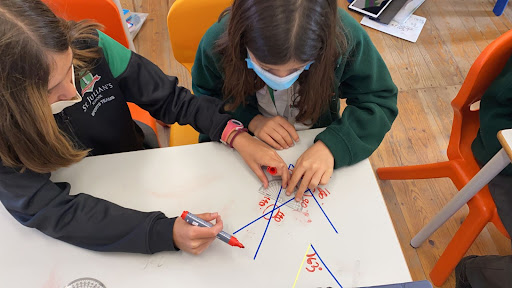
Maths Glossary
To keep the number language we are using in school consistent with the language used at home; we have included a brief glossary of standard terms and their definitions. Some of these terms are age-dependent but remain consistent throughout the whole school.
Addition and subtraction
- Commutative - Numbers can be added in any order.
- Difference - The numerical difference between two numbers can be found by comparing the quantity in each group and then taking away what is the same.
- Exchange - Change a number for another of equal value (eg. one 10 is equal to ten 1s).
- Partitioning - Splitting a number into its component parts.
- Reduction - To subtract.
- Sum - The result of an addition.
- Total - The aggregate or the sum found by addition.
Multiplication and division
- Array - To order a collection of counters, cubes or any other items into rows or columns.
- Communicative - Numbers can be multiplied in any order.
- Divisor - In division, the number by which another is divided.
- Dividend - In division, the number which is divided.
- Factor - A number that multiplies with another to make a product.
- Product - The result of multiplying one number by another.
- Remainder - The amount left over by a division. This is caused when the divisor is not a factor of the dividend.
Alice Campbell
Maths subject leader for FS and KS1
Ciaran Finnegan
Maths subject leader for KS2

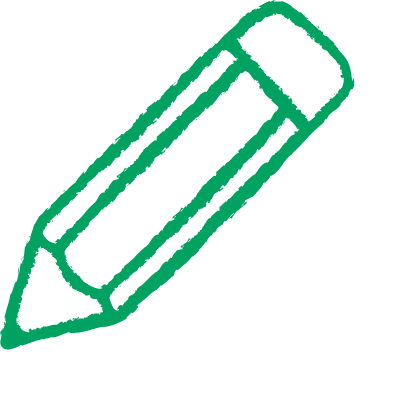
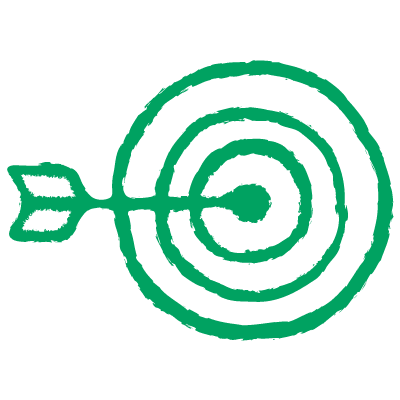
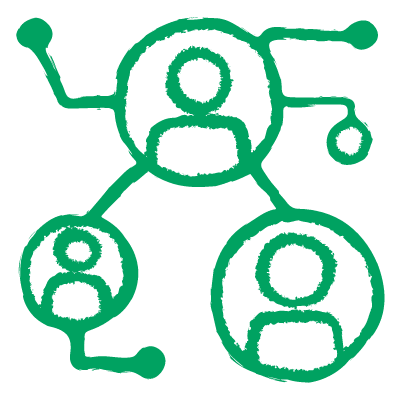













.png&command_2=resize&height_2=85)







